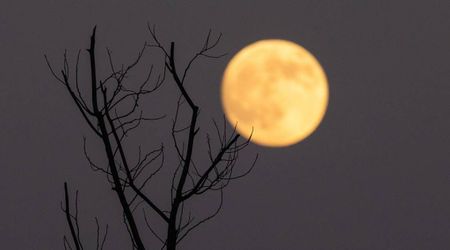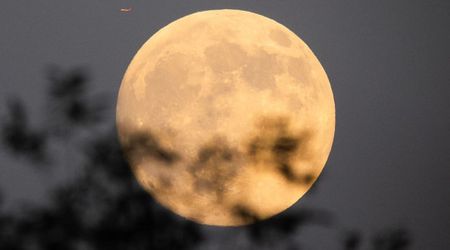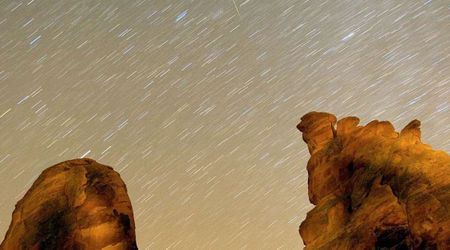Ahead of September 7 Blood Moon, effective tips for observing the total lunar eclipse
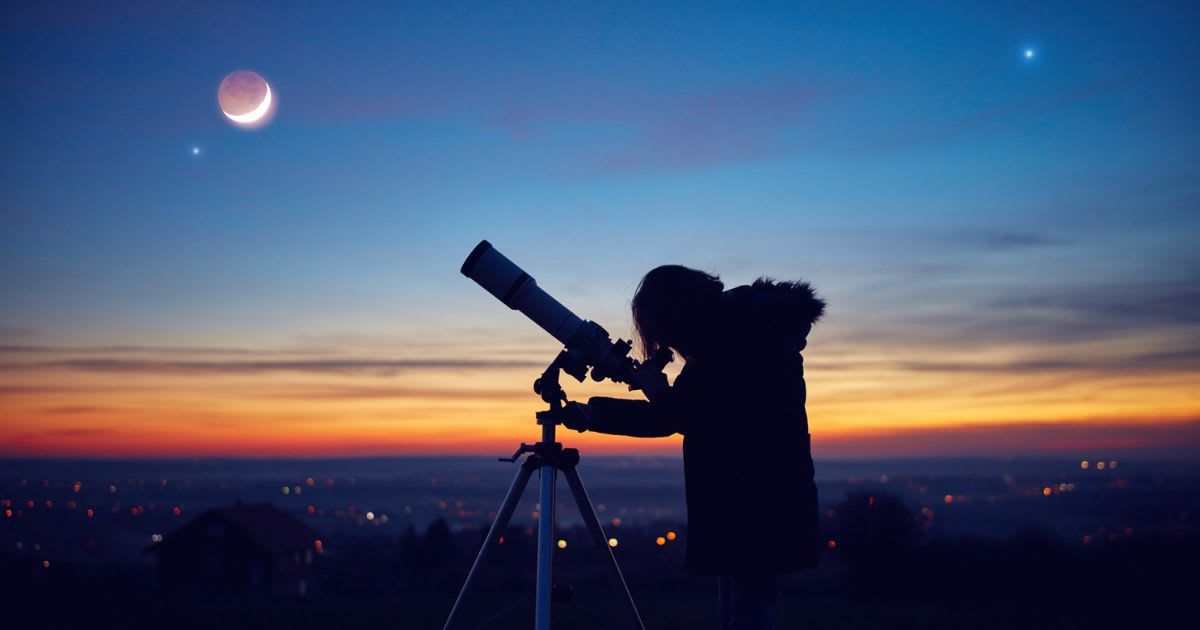
Stargazers are preparing for a spectacular celestial event as a total lunar eclipse, also known as a "blood moon," is set to grace the skies on September 7. This astronomical phenomenon, the longest of its kind since 2022, will be observable by 85% of the world's population. The Moon is expected to take on a deep red hue for approximately 82 minutes, offering ample time for observation and photography. While the timing of the eclipse phases is synchronized globally, visibility depends on the Moon's position above the horizon at your specific location.
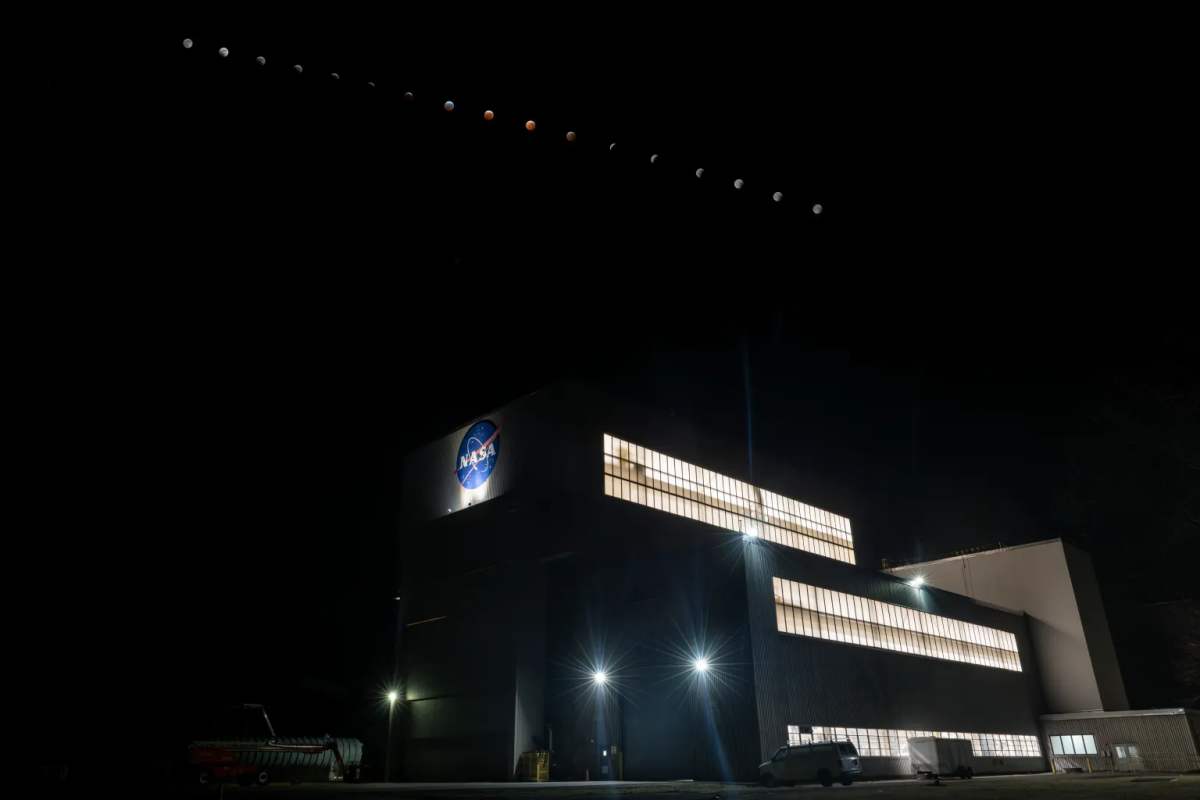
To fully appreciate the details of the Moon's surface, such as craters, ridges, and varied textures, observers can use binoculars or a telescope, according to the Instituto de Astrofísica. The naked eye's limited angular resolution makes it difficult to discern these features. Even small binoculars with a magnification of seven times or more will reveal a more intricate and contrasted view. However, be aware that higher magnification may require a tripod to maintain a steady image.
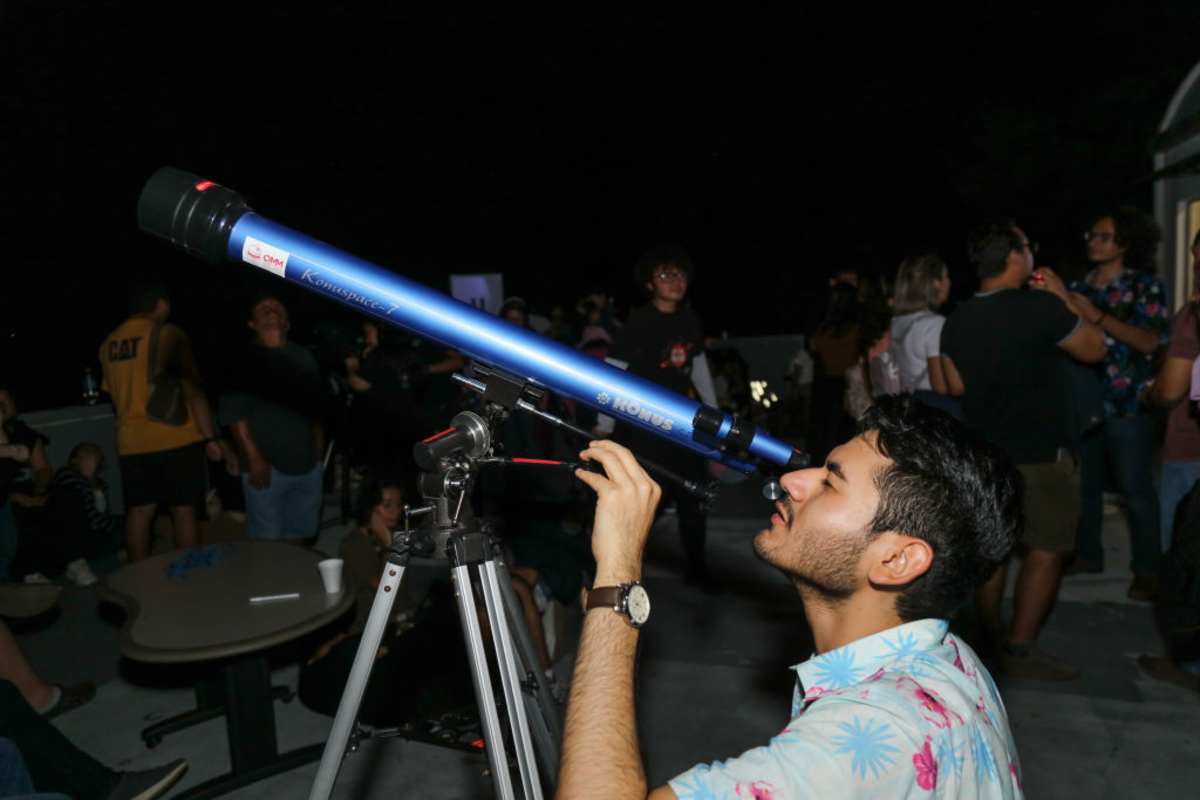
Telescopes, especially those with a larger diameter, provide sharper and brighter images. However, atmospheric turbulence can limit the achievable resolution. For those with equipment, the most interesting details are often found along the terminator, the dividing line between lunar day and night, where shadows create depth and contrast.
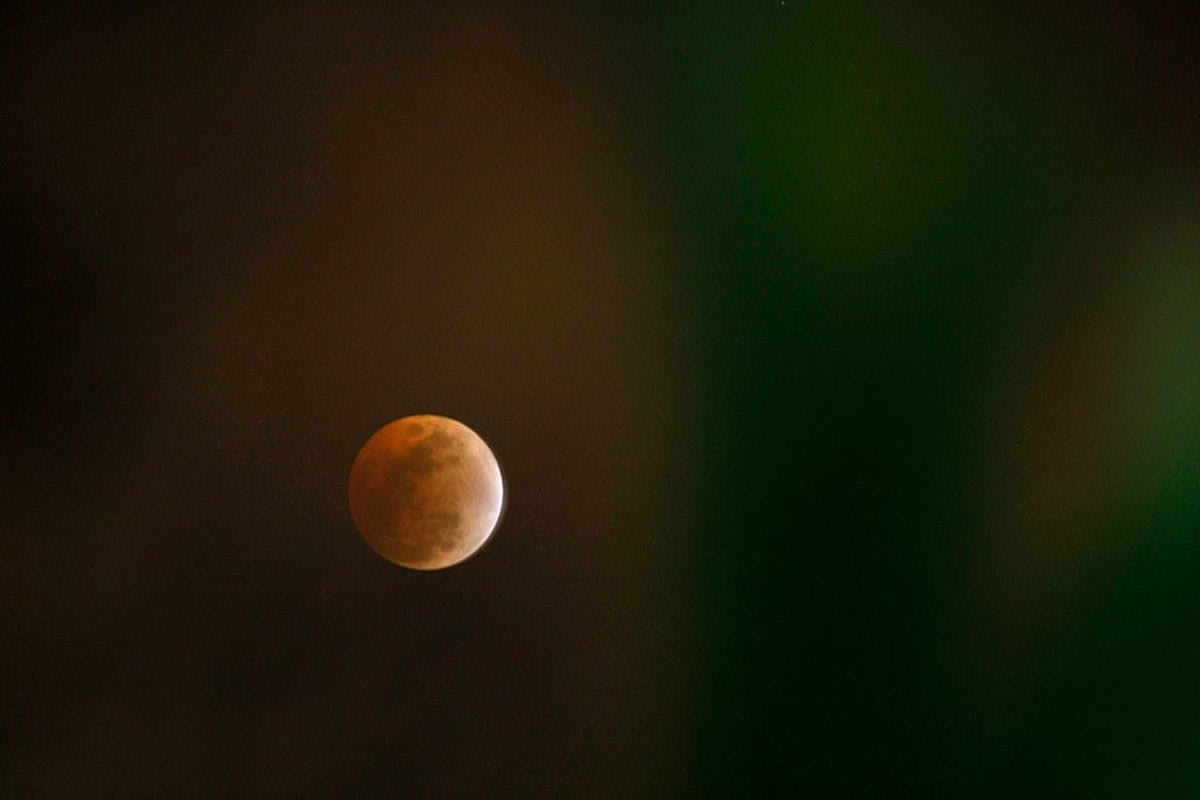
For aspiring astrophotographers, the duration of totality, approximately 65 minutes for this event, provides a perfect opportunity to capture stunning images, as per Astronomy.com. Unlike a solar eclipse, which has a much shorter totality, a lunar eclipse offers plenty of time for test shots and adjustments. A DSLR camera on a tripod with a zoom lens is recommended for the best results, although a modern smartphone can also be used. A 70-300mm zoom lens mounted on a sky-tracking device can simplify the process, but manual adjustments on a standard tripod are also effective.
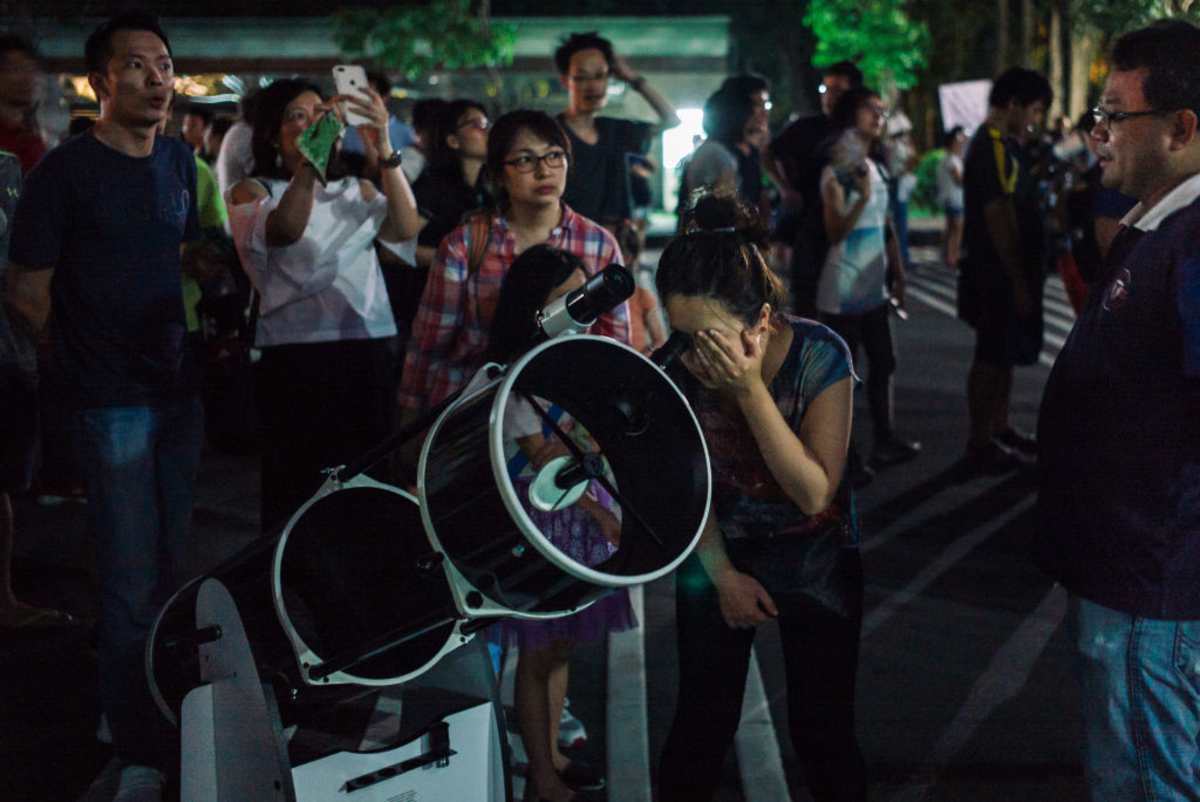
Experiment with various camera settings to find the ideal ISO, f-stop, and exposure time. Shooting in RAW format is highly recommended for greater flexibility in post-processing. Use your camera's Live View feature to achieve sharp focus before taping down the lens to prevent any movement. Planetarium apps like SkySafari or PhotoPills can help you confirm a clear line of sight to the Moon ahead of time, ensuring you don't miss this beautiful and haunting sight.
A total lunar eclipse occurs when the Earth passes directly between the Sun and the Moon, casting a shadow on our lunar neighbor. While the Moon’s tilted orbit prevents this alignment from happening monthly, a few times a year, the three bodies line up perfectly to create this dramatic spectacle.
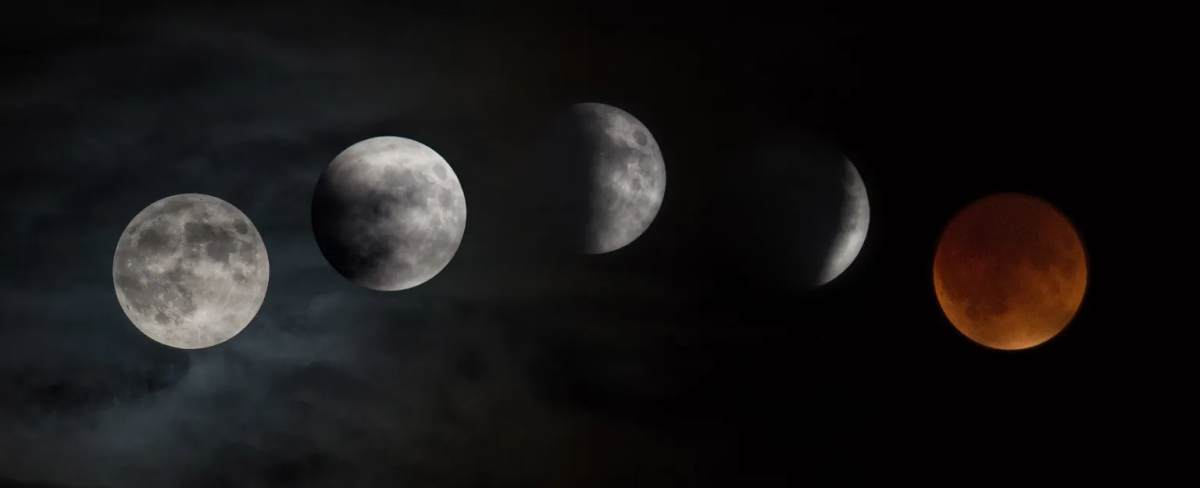
This specific celestial dance is what gives the Moon its distinctive red color. As the Moon enters the deepest part of Earth's shadow, the umbra, it doesn’t disappear from view. Instead, a process called Rayleigh scattering takes place. Our atmosphere scatters blue light more effectively, allowing the longer, red wavelengths to bend around the Earth. These red light waves then travel to the Moon's surface, painting it with a beautiful crimson glow. This same principle is also responsible for the vibrant red hues seen during a sunset.
More on Starlust
The Moon will turn blood red this week—when and how to watch September's total lunar eclipse







